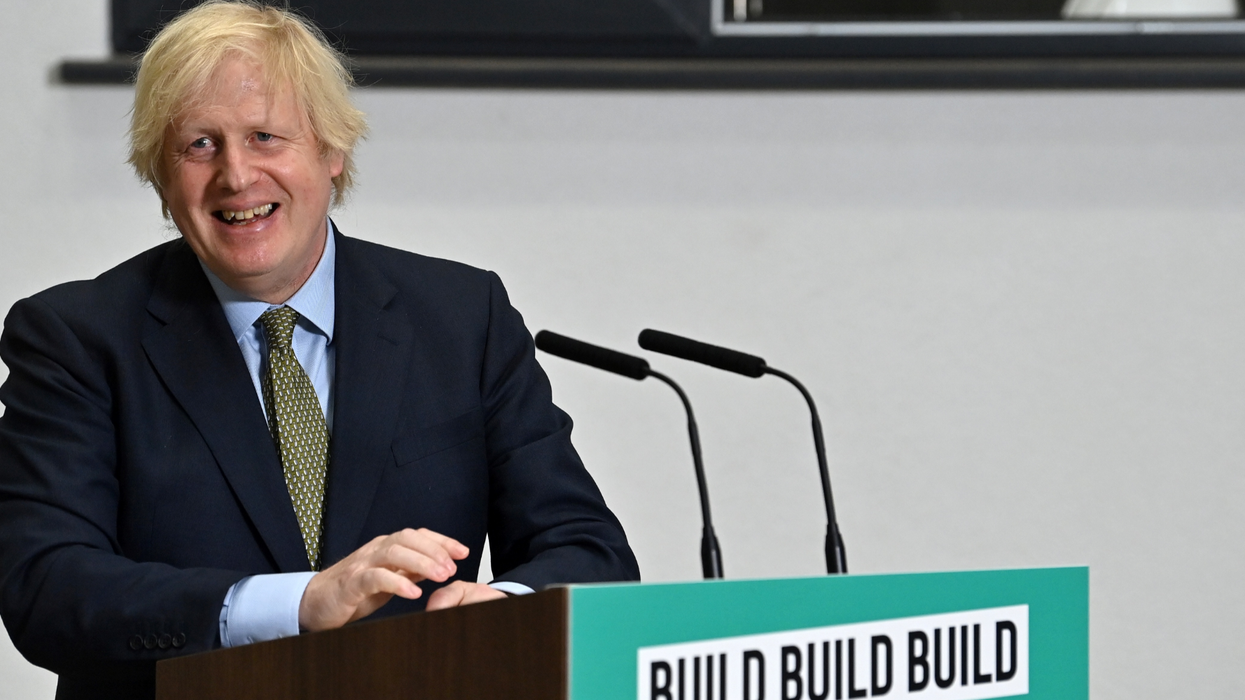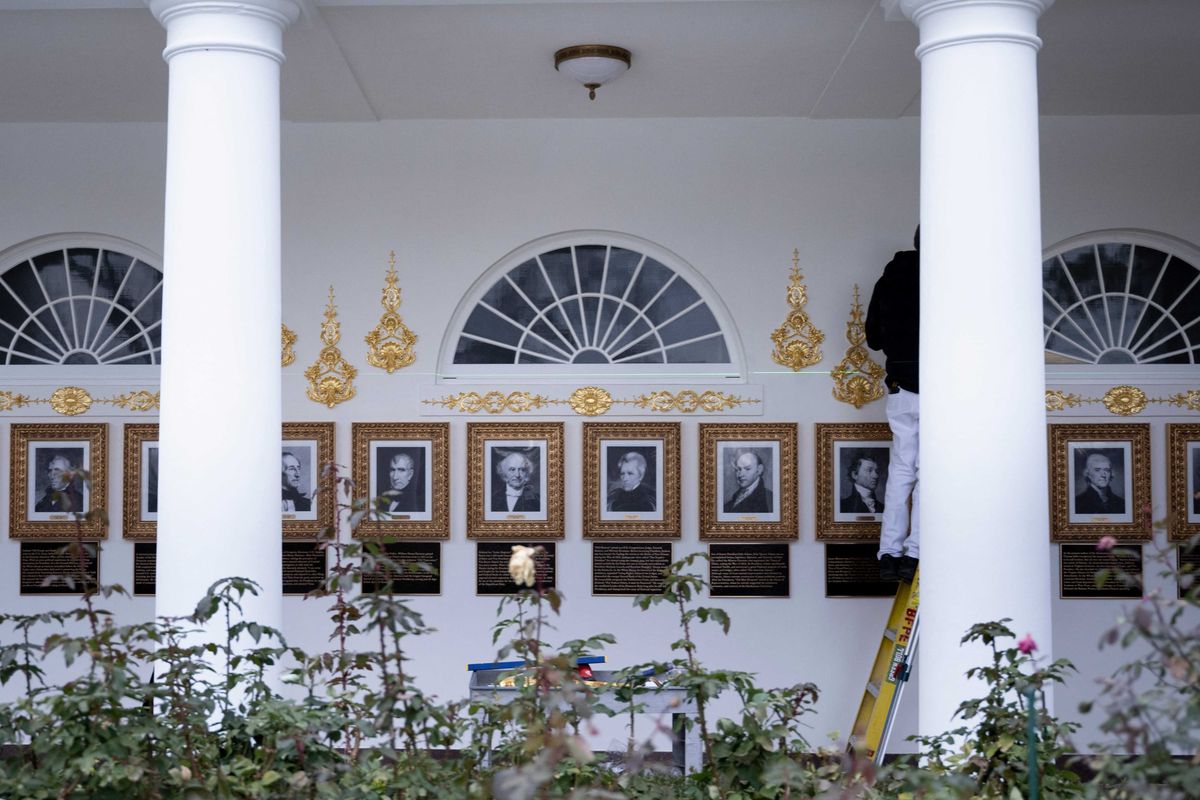According to the government, England is supposed to be getting back to “normal”.
That’s why lockdown is mostly lifting from Saturday, with businesses all over the country reopening for the first time in three months.
And with the reopening, comes the beginning of the end for the furlough scheme that was supposed to save millions of jobs.
It certainly has saved countless households all over the country from becoming destitute – currently 9.3 million workers are having 80 per cent of their salary paid by the government.
What’s going on with the furlough scheme?
From the end of July, the furlough scheme winds down, being ultimately closed in October.
During July, bosses can claim furlough for workers but also begin giving them shifts.
From August, employers have to cover National Insurance and pension contributions for furloughed staff.
In September, the government will only pay 70 per cent of workers’ salaries; employers have to pay the contributions plus the 10 per cent extra.
This rises to 20 per cent extra in October, with the government covering 60 per cent of a person’s salary before the scheme winds up altogether.
But as the first stage of the furlough scheme ends, there’s been widespread alarm as companies begin cutting jobs.
Many business owners say their profits won’t be enough to cover the contributions demanded of them and under employment law, bosses have to give 45 days notice when letting people go.
Who’s been affected by the most recent job cuts?
Food retailers Upper Crust and Caffè Ritazza have cut 5,000 jobs, with parent company the SSP Group saying it amounts to half their on-the-ground workforce in the UK.
Aviation company Airbus also announced plans to cut 1,700 jobs in the UK and 600 workers have seen their roles at clothing company TM Lewin axed overnight.
Royal Mail has said it’s losing 2,000 management roles too.
Around 11, 000 jobs were cut in total, which is only the first wave of what has the potential to become a “mass unemployment” crisis.
It’s worth noting that the newly unemployed are joining around three million UK workers who have already been excluded from the furlough scheme, many who have been without regular income since March.
What has been the government’s reaction?
Boris Johnson has also admitted he knows many jobs will be lost.
Unveiling his “stimulus” package on Monday, supposedly modelled on the “New Deal” championed by US president Franklin D Roosevelt in the 1930s, he spoke about the challenges ahead, saying:
We know in our hearts that the furloughing cannot go on forever and as the economy recovers we also know that jobs that many people had in January are also not coming back, or at least not in that form.
And we know that that’s the biggest and most immediate economic challenge that we face.
On unemployment and the future for jobs now in this country, of course we face a real, real crisis and we have to deal with it.
But we are going to deal with it in the most energetic possible way.
Yet Johnson’s “deal” has been labelled “fraudulent” as it represents only 0.2 of the UK GDP which is about £75 per UK citizen.
On Wednesday, Labour leader Keir Starmer urged him to extend the furlough scheme, saying it was the prime minister’s “last chance” to save millions of roles.
“There was nothing in the prime minister’s speech for the 3.2 million people in hospitality, or the 2.9 million in retail,” Starmer said at Prime Minister’s Questions.
“Next week’s financial statement could be the last chance to save millions of jobs. Will the prime minister start now by extending the furlough scheme for those parts of the economy still most at risk?”
Johnson refused to budge, insisting that the “best thing we can do is get the economy back to health by getting our people back into work”.
But what if there’s no jobs for them to go back to?














